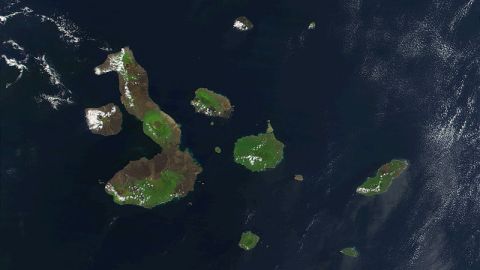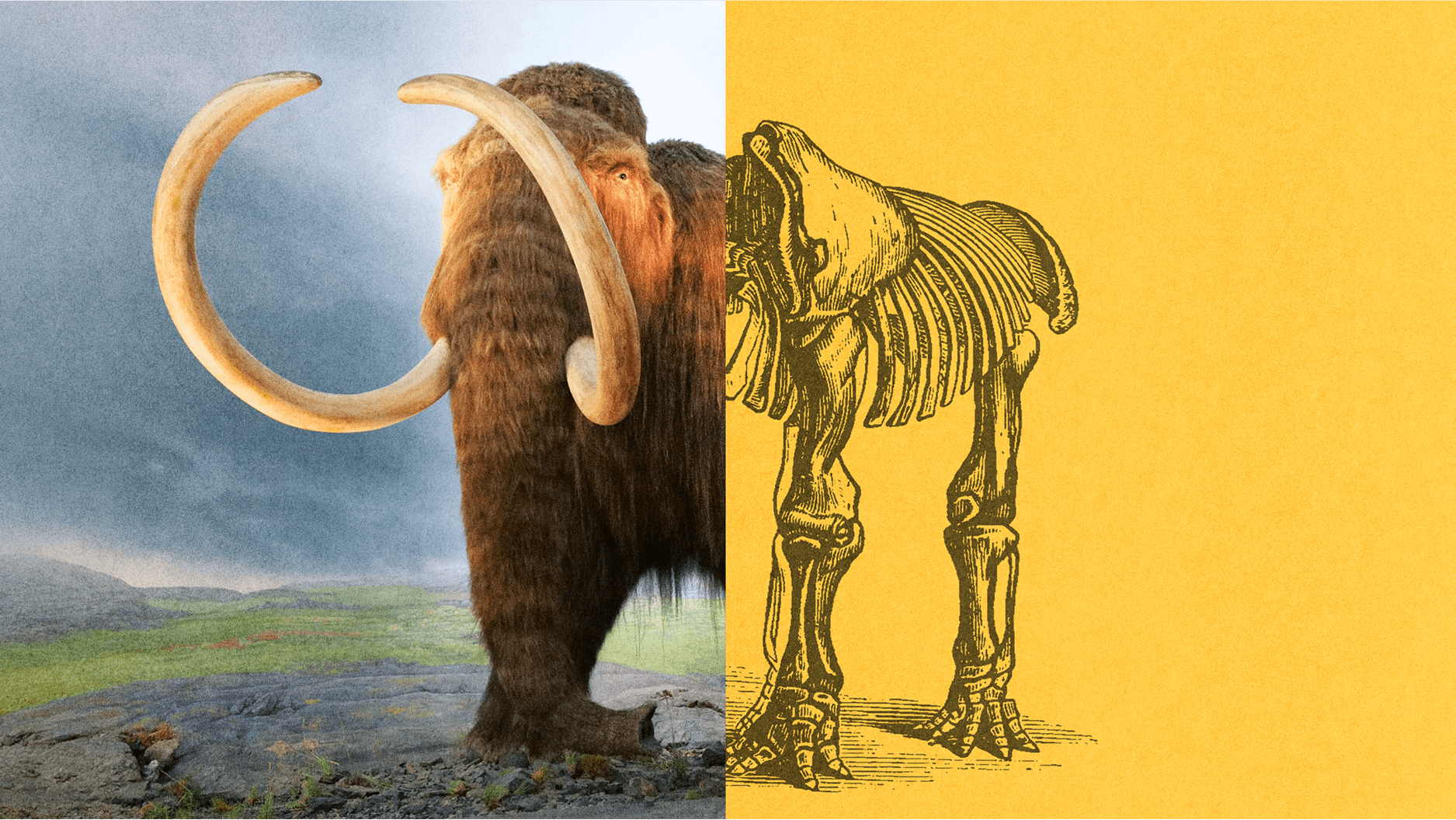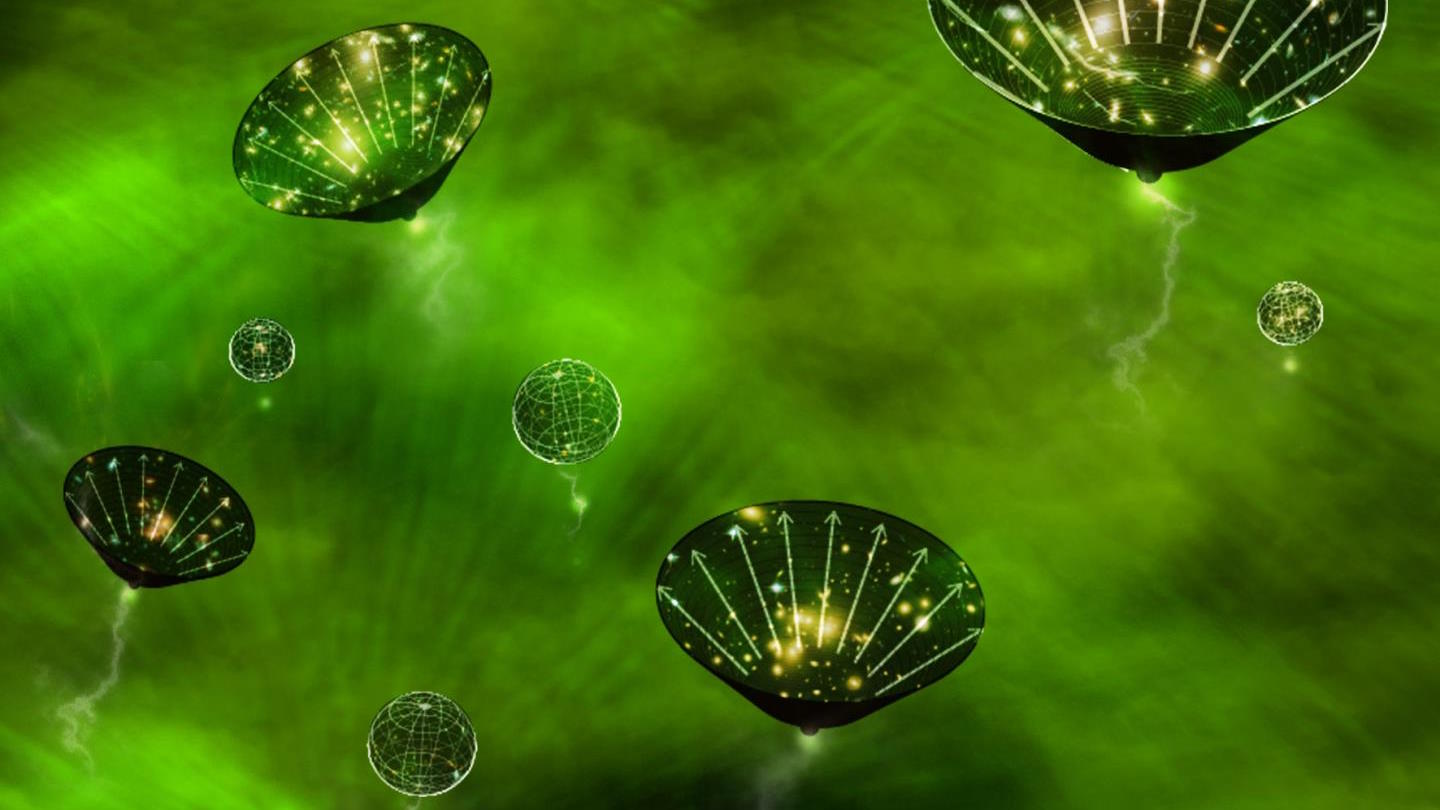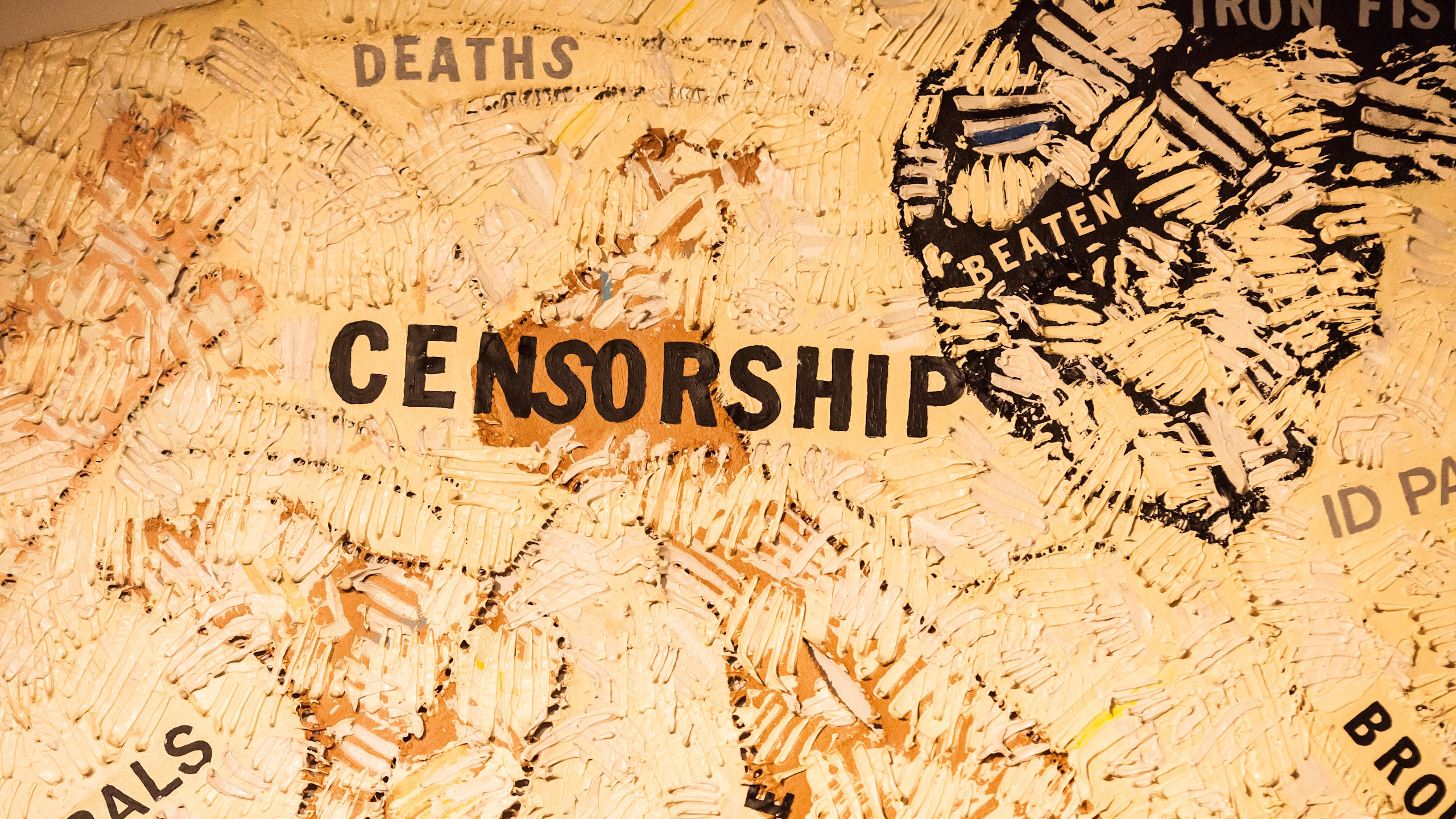Stop Ruining the Galapagos Islands

As we’ve blogged before on Big Think, the state of science savvy in America is pretty sorry. Only about a third of us accept evolution through natural selection, even lower than the tally that accepts human-caused global warming as a reality. Do we all need to take a science field trip for inspiration, say to the Galapagos Islands, the legendary birthplace of Charles Darwin’s singular notion? No. In fact, we’re ruining the place.
The Galapagos is already a fragile place, an archipelago formed by fairly recent volcanic activity. And the same geographic isolation that causes the evolution of the peculiar wildlife also means they have nowhere to go to escape disaster. And now, thanks to human travel, the Galapagos face the threat of invasive species.
Mosquitoes are the current villain. Southern house mosquitoes, to be exact. They’ve reached the archipelago aboard our ships and planes, and managed to survive by breeding with the native mosquitoes. And where there are mosquitoes, disease often follows.
Southern house mosquitoes are known to carry avian pox, malaria, and West Nile virus. If any of those diseases arrived in the Galapagos and spread around the mosquito population, those mosquitoes could pass on the disease to the islands’ rare and historic wildlife and wipe them out. It happened in Hawaii in the 1800s, killing off many native bird species.
Tourism forms and increasingly large part of the Galapagos’ economy, but the islands face the same problems that plague any tourist destination—tourism ruins the thing people go to see, either aesthetically by overcrowding the area with people in bad T-shirts, or through causing real, irrevocable damage.





